Disclosure: This article contains affiliate links. We may earn a commission from purchases at no extra cost to you, which helps our travel content.
As someone who's spent a career examining patterns in epidemiology, I've developed quite the knack for tracing historical narratives through physical spaces. Kansas City presents a fascinating case study in American history—a border city where the tensions of the Civil War erupted and later became a crucible for Civil Rights activism. During a recent spring weekend trip, I mapped out ten key historical sites that tell this compelling story for under $100. No fancy tour guides required—just comfortable shoes, a curious mind, and my methodical approach to uncovering layers of history.
Border Warfare: The Civil War Sites
The Missouri-Kansas border was known as 'Bleeding Kansas' for good reason. Statistical evidence suggests that per capita, this region saw some of the most concentrated violence of the entire Civil War period.
Start your historical journey at the Battle of Westport Visitor Center (free admission), where interpretive displays explain the largest Civil War battle west of the Mississippi. The engagement involved approximately 30,000 troops on October 23, 1864—a data point often overlooked in Eastern-focused Civil War narratives.
Next, visit the Wornall House Museum ($8 admission), a remarkably preserved antebellum home that served as a field hospital for both Union and Confederate forces. The surgical implements on display remind me of early field epidemiology kits I encountered during my WHO days—primitive by today's standards but revolutionary for their time.
Finally, explore the Mine Creek Civil War Battlefield just outside the city. I recommend bringing a good historical atlas to fully appreciate the tactical movements that determined the outcome here. The visitor center provides excellent context for understanding how border state conflicts shaped national politics for decades afterward.
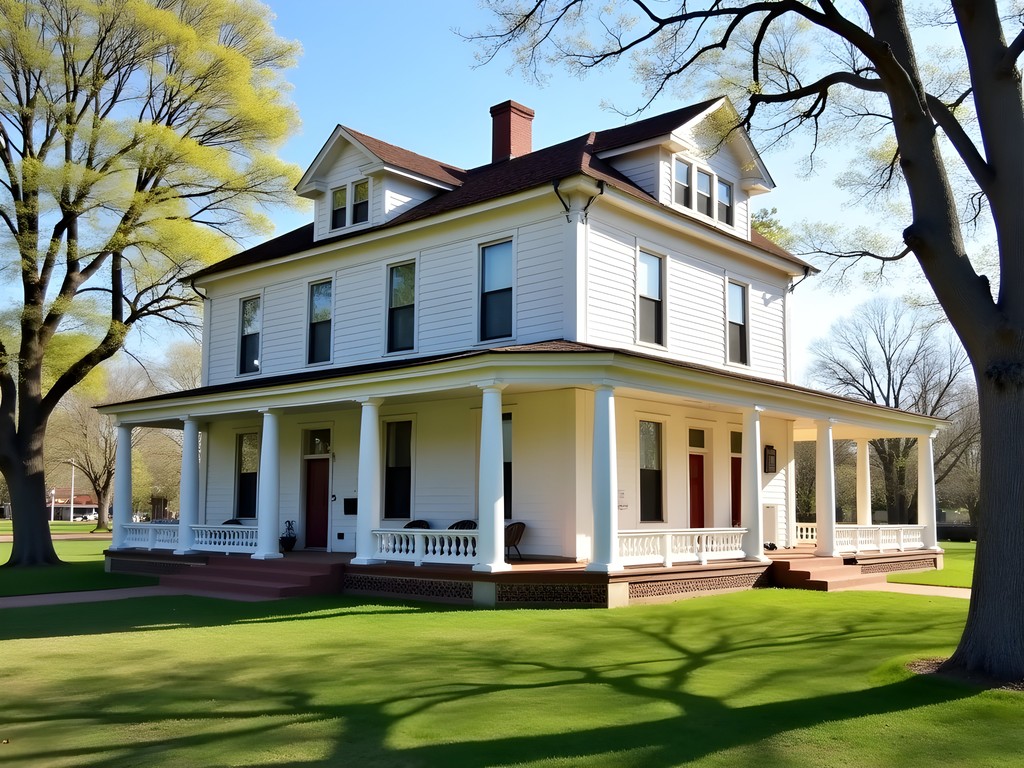
💡 Pro Tips
- Visit the Battle of Westport site early in the morning to avoid school groups
- The Wornall House offers half-price admission on the first Saturday of each month
- Download the free Civil War KC app for self-guided tour information
From Segregation to Civil Rights
The narrative of racial justice in Kansas City is particularly compelling when examined through a public health lens. Segregation wasn't just a social construct—it created measurable health disparities that echo into the present day.
Begin at the Negro Leagues Baseball Museum ($10 admission), which chronicles how segregation in America's pastime reflected broader societal divisions. The statistical displays showing the comparative achievements of Negro League players against their MLB contemporaries are particularly illuminating.
Nearby, the American Jazz Museum (same ticket as the Negro Leagues Museum) demonstrates how African American musical innovation flourished despite—or perhaps because of—segregation. I found myself reflecting on how cultural resilience often emerges as a public health indicator in marginalized communities.
The Bruce R. Watkins Cultural Heritage Center (free admission) provides excellent context on Kansas City's Civil Rights movement. I'd recommend bringing a pocket audio recorder to capture the oral histories shared by volunteer docents—their firsthand accounts are invaluable and often not documented in the written materials.
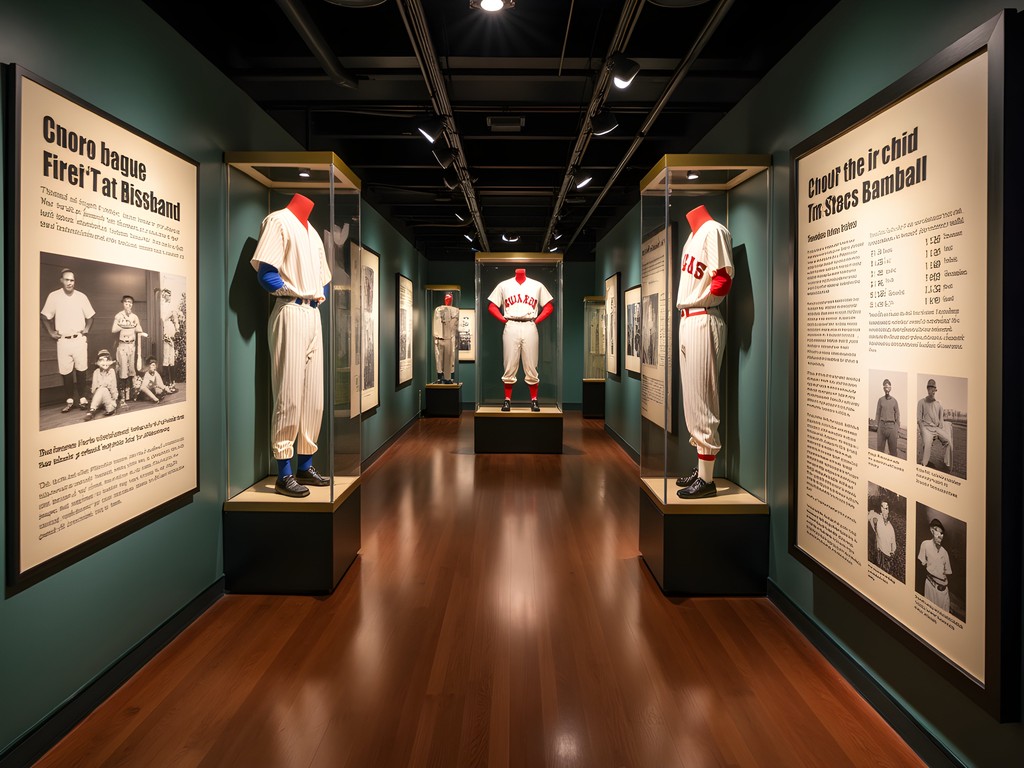
💡 Pro Tips
- Purchase a combination ticket for both the Negro Leagues and Jazz museums to save $5
- Visit the Watkins Center on Thursdays when local historians often give impromptu talks
- The 18th & Vine Historic District is best explored on foot—park once and walk between sites
Urban Renewal and Its Consequences
The post-war era brought significant changes to Kansas City's urban landscape, with consequences that can be quantified through demographic shifts and economic indicators.
Take a self-guided walking tour of the 18th & Vine Historic District, once the heart of African American cultural life in Kansas City. Census data reveals that urban renewal projects displaced approximately 70% of the original community—a pattern I've observed in post-war urban development across North America.
The Kansas City Public Library's Missouri Valley Special Collections (free admission) houses excellent archival photographs documenting neighborhoods before and after urban renewal. I spent a fascinating afternoon here with my archival notebook recording changes in population density and commercial activity block by block.
For a broader perspective, visit the Kansas City Museum ($8 admission) where the 'Neighborhood Histories' exhibit uses oral histories and artifacts to document communities transformed by highway construction and urban renewal projects. The parallels to similar projects I've studied in Edmonton are striking—the same misguided planning philosophies led to similar community fractures across North America.
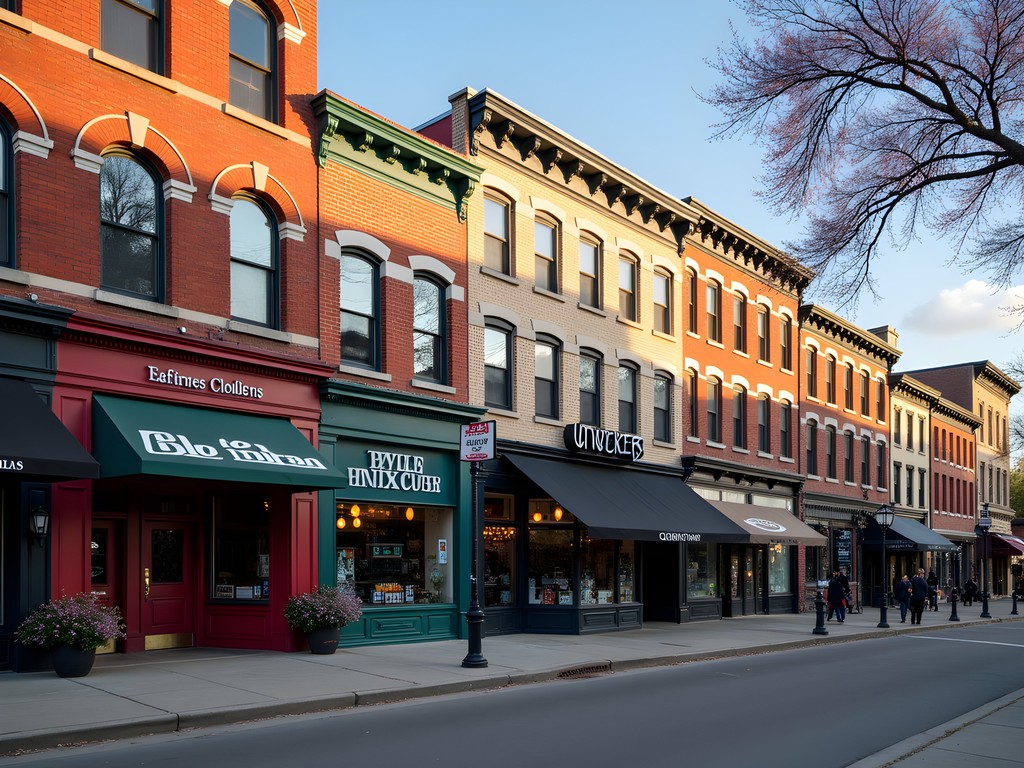
💡 Pro Tips
- The KC Public Library's special collections require advance reservation
- Look for the 'ghost signs' on buildings in the 18th & Vine District that reveal former businesses
- Bring a detailed city map to trace the paths of highways that displaced historic neighborhoods
Modern Memorials and Continuing Struggles
Kansas City's more recent historical sites offer insight into how communities remember and continue to grapple with historical injustices.
The Spirit of Freedom Fountain (free) commemorates the contributions of African Americans to Kansas City's development. Installed in 1981, it represents a statistical anomaly—one of the first major public monuments to African American achievement in a mid-sized American city.
The Mutual Musicians Foundation (free daytime visits, small cover for legendary late-night jazz sessions) occupies the former headquarters of Local 627, the segregated musicians' union. This living museum continues to host jam sessions that began in the 1930s—a remarkable continuity of cultural practice that defies demographic changes.
For a sobering perspective on ongoing challenges, visit the Kansas City Police Officers' Memorial (free) and compare it with community memorials in predominantly Black neighborhoods. The disparity in public funding and recognition offers a stark visual representation of continuing inequities in how we commemorate different aspects of our shared history.
To fully appreciate these sites, I recommend wearing comfortable walking shoes as you'll cover significant ground between locations. My pair held up admirably through 18 kilometers of urban exploration in a single day, with the breathable design proving particularly valuable during Kansas City's surprisingly warm spring afternoons.
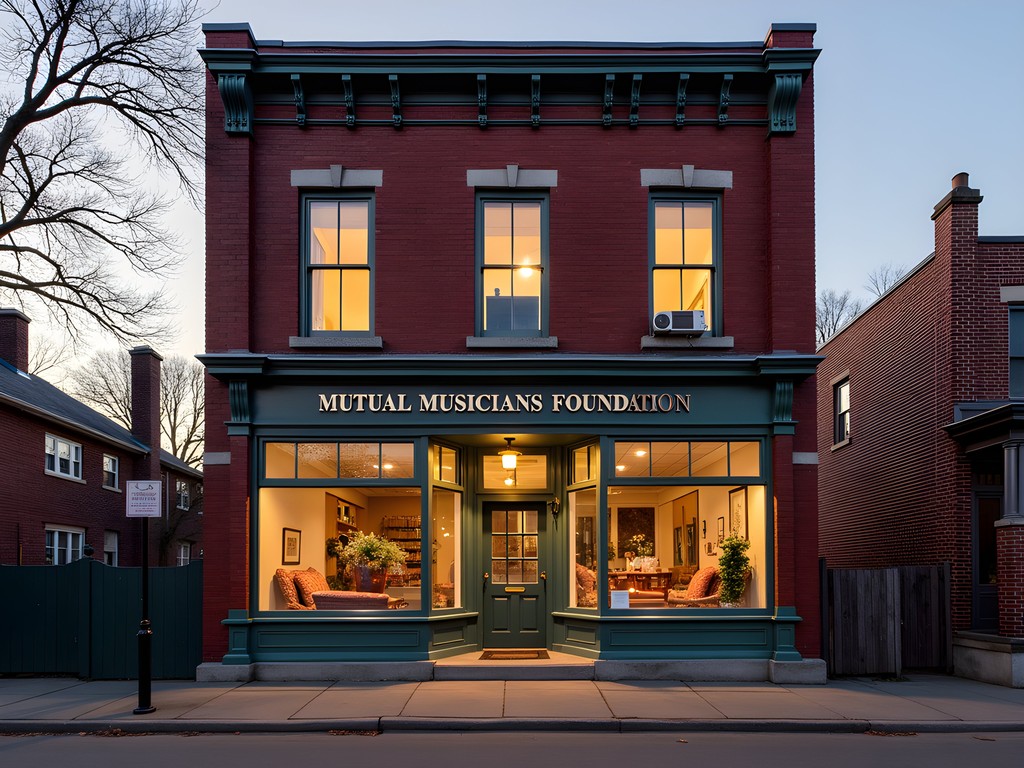
💡 Pro Tips
- Visit the Mutual Musicians Foundation after hours on Friday or Saturday to experience authentic Kansas City jazz
- Bring a refillable water bottle as drinking fountains are scarce in some historic districts
- The Spirit of Freedom Fountain is particularly photogenic at sunset
Practical Logistics for Your Historical Weekend
After years of planning research expeditions on tight budgets, I've developed a methodical approach to historical tourism that maximizes learning while minimizing expenses.
For accommodation, I recommend the historic hotel which, despite its upscale reputation, often offers surprisingly reasonable spring weekend rates (approximately $120/night). Its central location eliminates transportation costs to many sites.
Kansas City's public transit system is adequate but not comprehensive for reaching all historical sites. I used a combination of buses and rideshare services, spending approximately $35 on transportation for the entire weekend. The KC Streetcar is free and connects several downtown locations.
For meals, the historic City Market offers excellent budget-friendly options, with an average meal cost of $8-12. I particularly recommend Vietnamese sandwiches from Nguyen's—reminiscent of quick lunches I'd grab between field interviews during my WHO days.
To organize your itinerary efficiently, consider using a travel planner to map sites geographically rather than chronologically. I divided my days by area rather than historical period, which reduced transit time and allowed for deeper exploration of each neighborhood's complete historical narrative.
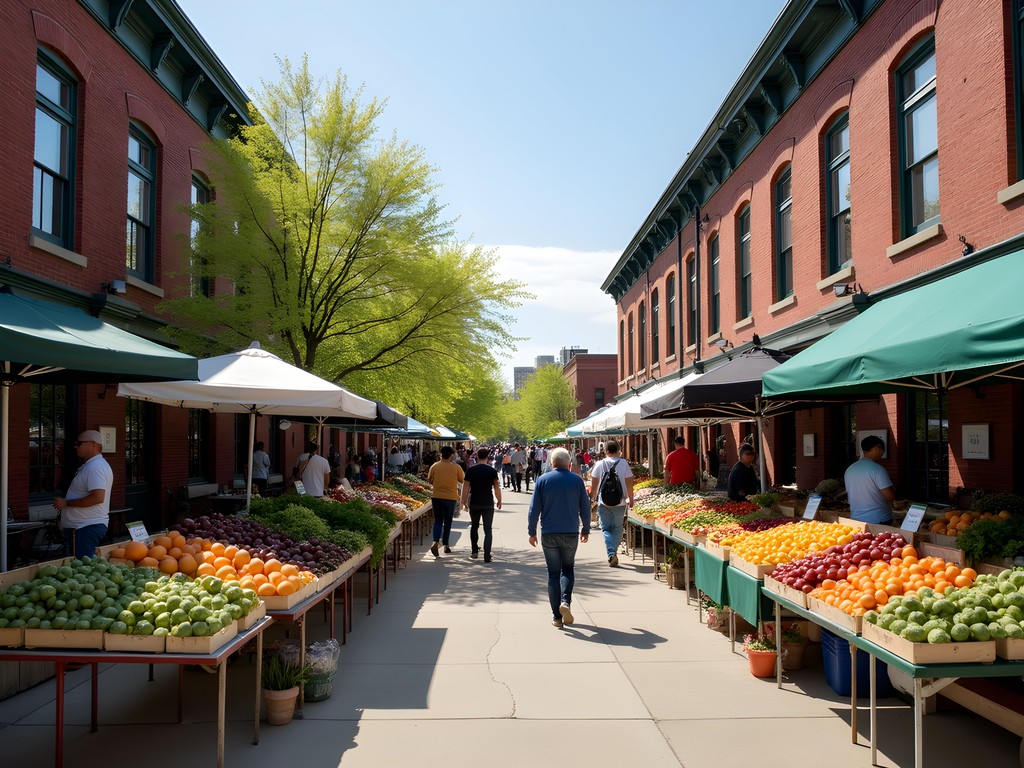
💡 Pro Tips
- Purchase a weekend pass for the KC Streetcar to save on individual fares
- Many museums offer discounted admission during the final hour before closing
- The Kansas City Public Library offers free walking tour maps of historic districts
Final Thoughts
Kansas City's historical narrative from Civil War to Civil Rights offers more than just a window into the past—it provides crucial context for understanding contemporary American society. As an epidemiologist, I've always believed that understanding historical patterns is essential for addressing present challenges, whether in public health or social justice.
What struck me most during my weekend exploration was the statistical consistency of certain patterns: communities showing remarkable resilience despite systematic oppression, urban planning decisions disproportionately impacting marginalized populations, and cultural innovations emerging from constraint.
If you've only got a weekend, prioritize the Negro Leagues Baseball Museum, Wornall House, and a walking tour of the 18th & Vine District to capture the essential narrative arc. But if you can extend your stay, each site rewards deeper exploration.
As we navigate our own complex historical moment, these physical reminders of past struggles and triumphs offer valuable perspective. After all, understanding where we've been is often the most reliable indicator of where we're heading.
✨ Key Takeaways
- Kansas City's border position made it a flashpoint for Civil War conflict and later civil rights struggles
- Many historical sites offer free or budget-friendly admission, making this an accessible weekend trip
- Spring offers ideal weather for walking between sites and fewer crowds than summer months
- The 18th & Vine District provides the most comprehensive perspective on African American history in the city
📋 Practical Information
Best Time to Visit
April-May
Budget Estimate
$200-300 for a weekend (including accommodation)
Recommended Duration
2-3 days
Difficulty Level
Easy

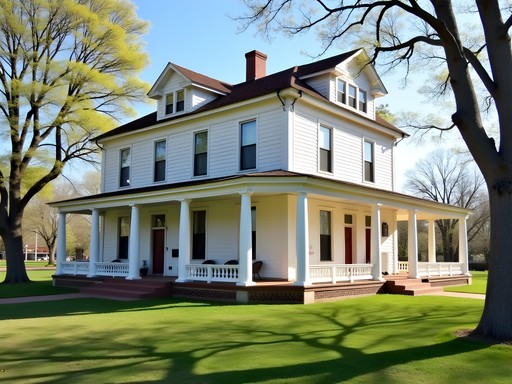
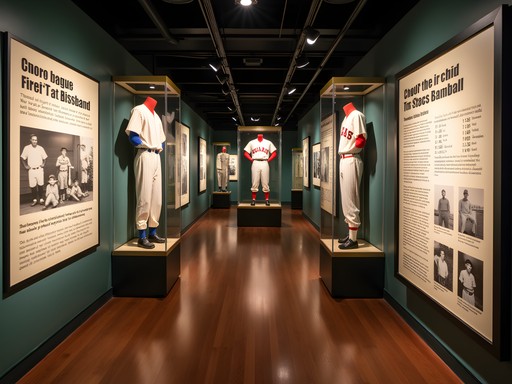
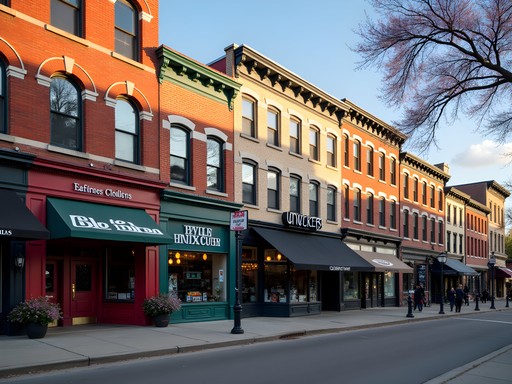
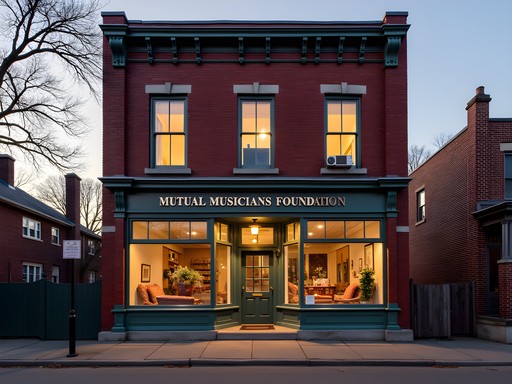
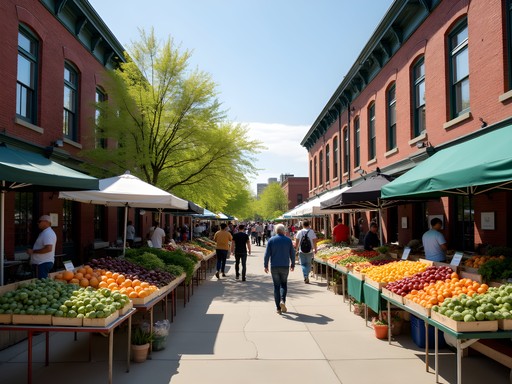


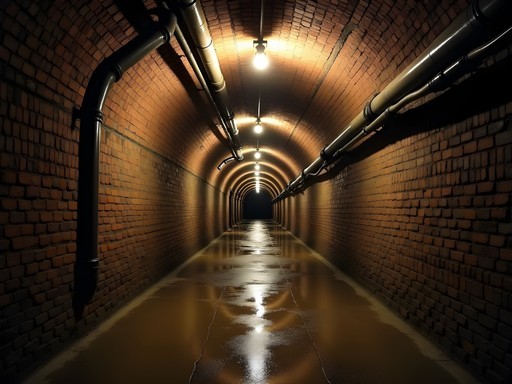


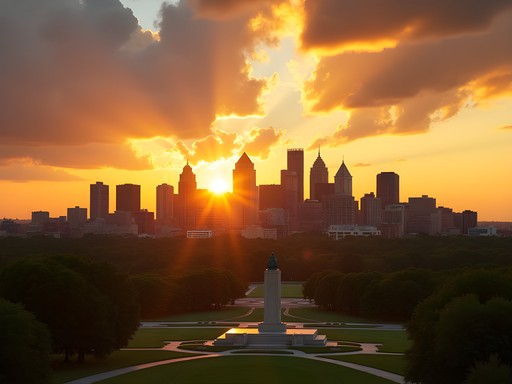
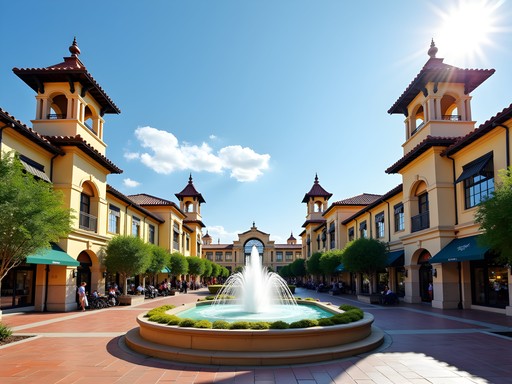
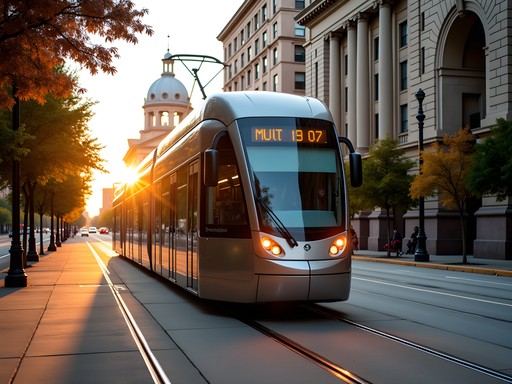
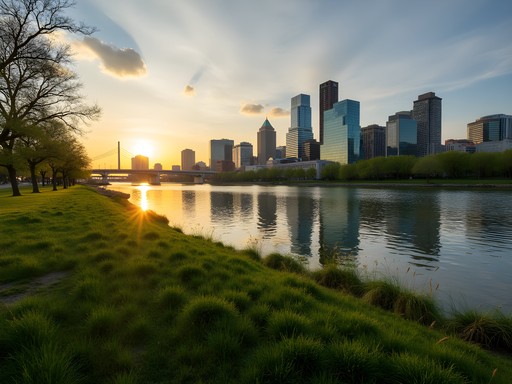

Comments
sunnybackpacker
If you're doing this historical tour, don't miss the American Jazz Museum too! It's right next to the Negro Leagues Baseball Museum and they offer a combined ticket. The interactive exhibits are AMAZING and you can listen to all the greats who performed in KC's jazz scene. Count Basie, Charlie Parker, Big Joe Turner - all legends who shaped American music while fighting segregation. I spent hours there!
skygal
I visited KC last summer and followed a similar historical path. The Negro Leagues Baseball Museum was incredible - even as someone who doesn't follow baseball, the stories of resilience were so powerful. We also stumbled upon a guided tour at the Mutual Musicians Foundation that wasn't mentioned here - it's where jazz musicians would gather after hours and still hosts late-night jam sessions. Definitely worth adding to this list!
wanderlusthero
OMG thank you for mentioning the jam sessions! Adding that to my list right now!
photoone2072
Love that shot of the 18th and Vine District! The lighting is perfect! 📸✨
Gregory Boyd
Excellent historical analysis, Jordan. I visited Kansas City last year and was struck by how the physical geography of the city still reflects these historical divisions. The impact of Troost Avenue as a racial dividing line is still visible today, which makes these historical sites all the more powerful. I spent a full day at the Bruce R. Watkins Cultural Heritage Center and found their oral history collection particularly moving. They've done remarkable work documenting firsthand accounts from the civil rights era. I'd recommend visitors bring this guidebook which provides additional context beyond what's available at some of the smaller sites.
freeadventurer
Which of these sites would be best to visit if I only have one day in KC?
Haley Hamilton
If you only have one day, I'd prioritize the Negro Leagues Baseball Museum and the American Jazz Museum (they're in the same complex). Then head to the National WWI Museum if you have time - not directly related to civil rights but still incredible!
freeadventurer
Thanks so much! Will definitely check those out.
sunsetway
Never knew KC had such a rich civil rights history! Definitely adding this to my travel list.
starvibes
Jordan, your epidemiological perspective on how segregation spread through city planning is fascinating! I visited the site of the 1968 riots after MLK's assassination and it was so powerful. One thing visitors should know - many of these sites aren't well-marked, so do your research beforehand. The local historical society offers guided tours on weekends that fill in a lot of gaps the official markers miss. The guide pointed out buildings where civil rights meetings were held that I would've walked right past otherwise.
summerone
Just got back from KC and used this guide - the contrast between Westport's Civil War history and its current vibe is wild!
escapeking
If you're into this kind of historical journey, don't miss the American Jazz Museum right next to the Negro Leagues Museum. They're connected and show how culture and civil rights movements intersected. The exhibits on how jazz musicians challenged segregation are fascinating.
Savannah Torres
We took our kids (12 and 14) to Kansas City last summer and followed a similar historical path. The Bruce R. Watkins Cultural Center was particularly impactful for them - the interactive exhibits really helped them grasp how segregation affected everyday life. One tip: we found this audio guide that connected many of these sites with first-hand accounts from activists. It added so much depth to our visits, especially at the less developed sites. The section on urban renewal's impact on Black neighborhoods sparked some really meaningful conversations with our teenagers about how historical decisions continue to shape communities today.
starvibes
Thanks for the audio guide tip! Just downloaded it for our trip next week.
Venture X
Premium card with 2X miles, $300 travel credit, Priority Pass